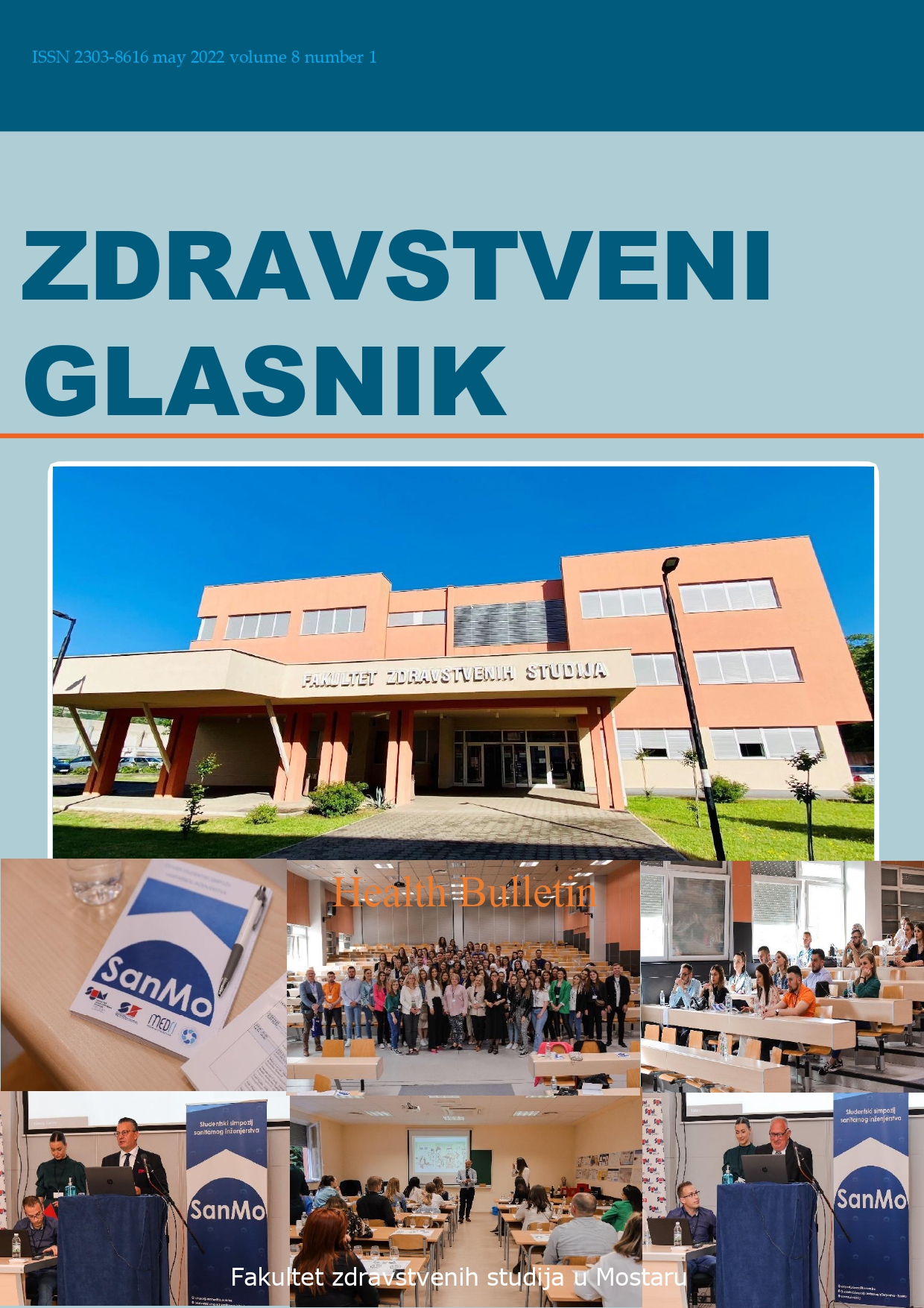RELATIONSHIP AND DIFFERENCES BETWEEN UNDERLYING CLINICAL AND TUMOR PARAMETERS OF INVASIVE DUCTAL AND INVASIVE LOBULAR BREAST CANCER
Keywords:
invasive ductal and lobular carcinoma, clinical and epidemiological differences, tumor status, hormone receptors, HER2/neu oncogeneAbstract
Introduction: Breast cancer is a highly heterogeneous tumor with inadequate diagnostic prognosticpredictive factors that would be of potential therapeutic importance.
Objective: The objective of the study was to determine the basic epidemiological and clinical
parameters, histological / tumor status, presence of ductal in situ (DCIS) component, lobular
intraepithelial neoplasia (LIN), other proliferative lesions, T / N status, expression of hormonal estrogen
and progesterone receptors (ER / PR) and HER2 / neu oncoproteins in the two most common histological
types - invasive ductal (IDC) and invasive lobular carcinoma (ILC) of the breast, compare their
relationships and define possible differences.
Materials and methods: We conducted a retrospective analysis of 30 IDCs and 30 ILCs in the period
from January 1st 2005 to December 31st 2015, the paraffin blocks were archived at the Clinical
Department for Pathology "Ljudevit Jurak" of the Clinical Hospital Center Sestre Milosrdnice in Zagreb,
and they were processed and stained by standard methods.
Results: The majority of women with breast cancer were postmenopausal. IDCs were significantly
higher (p = 0.002), higher grade (p <0.001), with more positive axillary lymph nodes (p = 0.035),
significantly more frequent T4 status (p <0.001) and N1 / N2 (36.7% vs 46.7%), while ILCs are most
often of N0 status, although most of them have positive axillary metastases. Both types are by far the
most commonly presented by a single tumor foci (90% of IDC vs. 70% of ILC), but 3 or more foci are
more commonly recorded in ILCs (p = 0.053). Other proliferative lesions were also significantly more
common in ILC (p = 0.041), while there were no difference in DCIS association. The vast majority of
tumors of both types are positive for ER and PR, while the difference in their expression between types
has not been established. HER / 2neu was significantly more frequently expressed in IDC (p = 0.003).
Conclusion: The study defined and to a certain extent confirmed some differences between IDC and
ILC. Due to the exceptional complexity and heterogeneity of breast cancer, future studies will contribute
in elucidating the differences between histological types, for the purpose of examining individual
therapeutic approach and the most favorable outcome.















